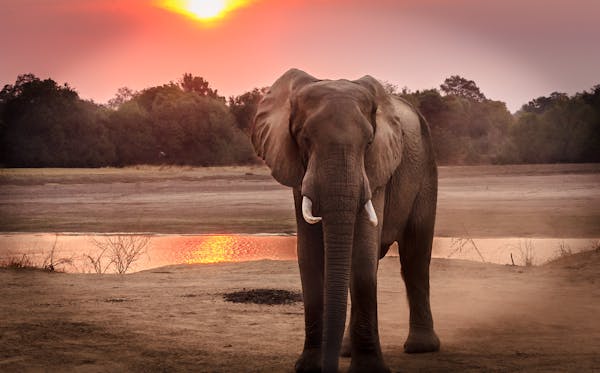Unmasking the Hidden World of Asian Elephants: A Journey into Conservation and Coexistence
Asian Elephants, native to the dense forests of Southeast Asia, are one of the most captivating and intelligent species on the planet. These gentle giants, recognized by their smaller size and rounded ears compared to their African counterparts, play a significant role in the region's ecology and cultural heritage. However, their existence is threatened by habitat loss and human-elephant conflict, raising the need for sustainable conservation efforts.

Historical Context of Asian Elephants
Historically, Asian Elephants were found across a vast range, stretching from the Indian subcontinent to Borneo. They were revered in ancient cultures, symbolizing power, wisdom, and luck. Elephants were integral to warfare, transportation, and ceremonial rituals. Their populations, however, have dramatically declined in the last century due to habitat loss, poaching, and aggressive capture for the tourism industry. Today, there are less than 50,000 Asian Elephants left in the wild, marking them as an endangered species.
The Struggle for Survival: Current Challenges
Today, rapid urbanization and agricultural expansion are fragmenting the elephants’ habitat, forcing them into closer contact with humans. This has led to increasing instances of human-elephant conflict, with reports of crop-raiding by elephants and retaliatory killings by humans. Additionally, poaching for ivory, although more prevalent in African elephants, still poses a threat to Asian males who bear tusks.
The Role of Conservation Efforts
Conservation efforts are now more critical than ever. Various organizations are working tirelessly to protect these majestic creatures and their habitats. Conservation strategies include anti-poaching patrols, habitat restoration, and community education programs to promote coexistence. Some initiatives also aim to reform the tourism industry, advocating for responsible elephant tourism that respects the animals’ welfare.
The Influence on the Pet and Wildlife Industry
The plight of the Asian Elephant has had a profound impact on the pet and wildlife industry. It has encouraged stricter regulations on international animal trade, with the Convention on International Trade in Endangered Species (CITES) placing Asian Elephants in its highest protection category. Wildlife parks and sanctuaries are also reevaluating their practices, moving towards more ethical and sustainable models.
The Path Forward
The journey to secure the future of Asian Elephants is fraught with challenges. However, with continued research, conservation efforts, and public awareness, there is hope. The story of Asian Elephants serves as a stark reminder of our shared responsibility to protect our planet’s diverse wildlife and the delicate balance that allows us all to coexist.






